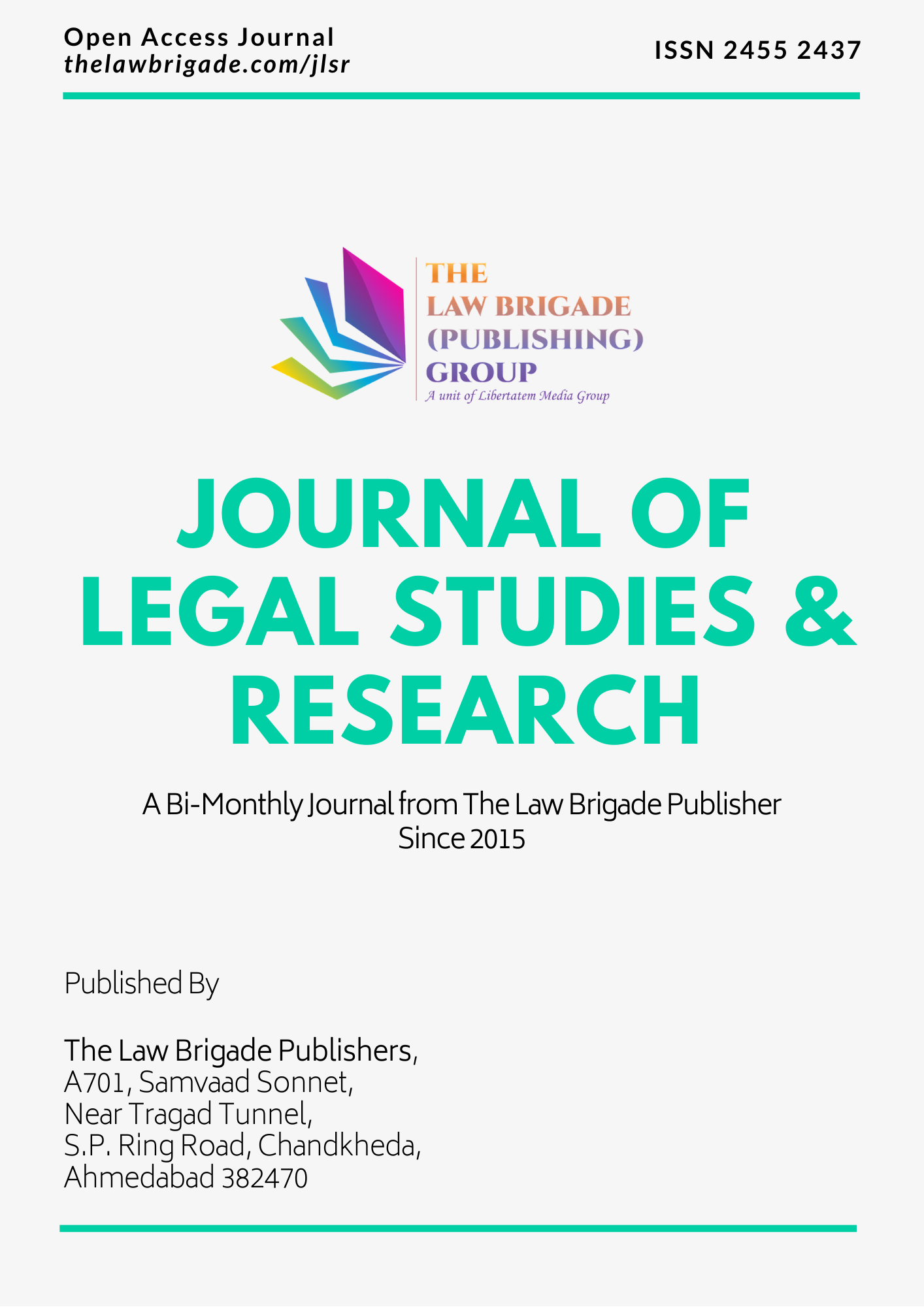In this case, we shall explore a number of questions with regard to Mitakshara law. We shall explore the meaning of Hindu Joint Family, its basic characteristics, functions and tendencies. This paper will focus on property as seen in family law among Hindus in India as well as the rights, nature, attributes and traits of a coparcener as in the Hindu Succession Act of 1956.
The case explored has been long-drawn and has discussed at length the issues in question. By doing this, Uttam v. Saubhag Singh & Ors. has paved the way for many other judicial decisions henceforth.
The case has clarified the position of a son in the property of his father. It has also provided a clearer picture of the property rights of a grandson over his grandfather’s property. Under Mitakshara law, a Hindu gains rights in the family property by birth; however, rules of inheritance may differ depending on the evolution of law. This has been highlighted in the case of Uttam v Saubhag Singh & Ors.
The case was first tried at a lower level and ended up reaching the Madhya Pradesh High Court. After various hearings, the court came to a decision; however, an appeal was filed. The final decision came from the apex court, The Supreme Court of India wherein the example was set for various Indian Hindu Mitakshara cases followed the example of this and based their arguments and even, decisions on the final word in this case.





